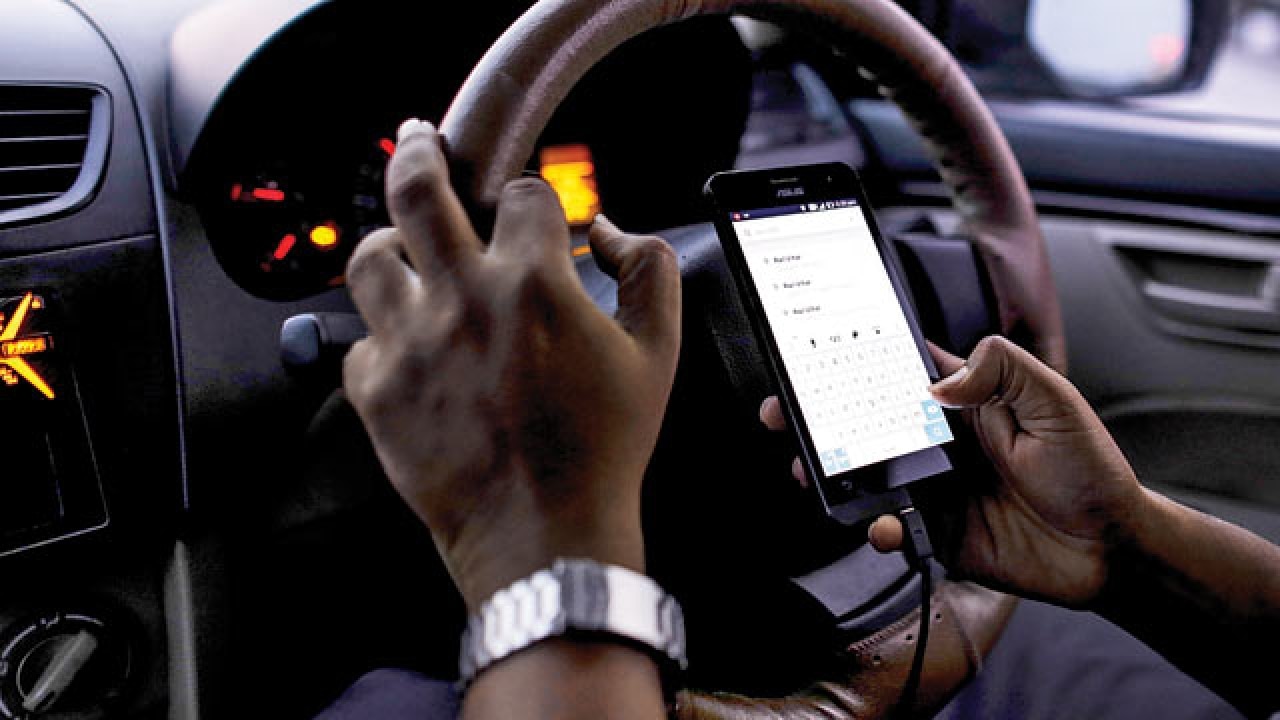
“Bhaiya, kya yeh surge pricing hona chahiye?” (Bhaiya, should there be surge pricing?). I asked this question to an Ola Cab driver while on a recent commute in Delhi.
“Surge is okay but only to a limit. If due to surge, the customer is unhappy and the demand drops, it will be me who will go out of business. These big companies have enough money to sustain,” Narendra Bhaiya said.
Narendra Bhaiya was unwittingly participating in centuries old economic debate on whether there should be free market or welfare state. Does existence of one economic order substitutes the other or can the two co-exist?
On 15th April, people of Delhi embarked on their second tryst with odd-even scheme. Within two days of starting of the scheme, the twitter handle of Delhi Chief Minister, Arvind Kejriwal was flooded with complaints about the exorbitant increase in the prices of cab services. At peak hours, the commuters were paying Rs. 35/km when it is Rs. 6-7/km for a mini-cab at usual rates. Subsequently, the NGO Magic Sewa filed a case in Delhi high court against these companies. These reactions by people renew the debate of free market versus welfare state in the public forum.
Before, delving further into the debate, it is important to understand that what is surge pricing. The concept of surge pricing is same as buying onions. It is a simple market clearing mechanism. If in an area, there is increase in the demand for cabs, the price of hiring a cab increases. This increase gives the cab drivers an incentive to increase their supply. The price at which demand equals supply is the one reflected on our mobile screens while hiring a cab. With restrictions on using private vehicles, there was a resulting increase in demand for cabs and subsequently in the price.
‘Surge pricing’ is not a new concept. During holiday season, the prices of flight tickets and room tariffs increase substantially. Even the high price of tatkal tickets in the Railways is ‘surge pricing’. Thus, the Government - welfare state itself practices surge pricing. Every industry harnesses every opportunity to charge higher price and make more profits.
In a laissez faire economy, the Government does not intervene in the market mechanisms. It lets the forces of demand and supply determine the prices.
Gurucharan Das, an author and commentator says, “I do not believe the government should interfere with market based pricing. If a customer does not like it, he or she can always take a normal taxi. I am against all price control as it infringes on economic freedom.”
However, the critiques would argue that, the government cannot solely rely on market forces while designing its policies. If due to free market mechanisms, welfare of some citizens is adversely affected, then the Government feels that it must intervene in the market.
“According to a survey conducted by WRI institute in the cities of Bangalore and Mumbai, the commuters said that they are fine with surge but with some capping. Commuters are willing to pay maximum of 1.5 times the normal prices”, Mr. Umang Jain, Managing Associate, WRI Institute.
With the backdrop of such surveys and complaints from the civil society, the Karnataka government recently introduced new guidelines for app-based cab aggregators where the cab drivers cannot charge more than Rs. 19.50 per km for air-conditioned cabs, thus invoking the welfare objective of the state.
Maitreesh Ghatak, Economics Professor at London School of Economics says, “Ola and Uber are using a basic pricing model where they balance demand and supply, as they claim in the case of surge pricing. So in the first instance, government interference looks inefficient. But the reality is much more complicated. Ola and Uber are not atomistic suppliers (small suppliers without significant impact on the market) in a competitive marketplace where laissez faire is usually justified. They are a duopoly (only two firms in the market). Also, autos and regular taxis are unable to use flexible pricing, and so the playing field is not level. Thus, either one should encourage more such companies in the marketplace or else some form of government interference can be justified.”
“For better or worse, there is existence of government. The ideal free market works very well theoretically. But that does not exist in real world as companies become bigger to earn higher profits. Thus, the government has to step into maintain consumer, producer and social interest”, says Roshan Shankar, Advisor to Government of Delhi.
The supporters of free market may argue that, with the Government enforcing price ceiling on the cab aggregator services, there is creation of excess demand. With no corresponding supply of cabs and subsequent unavailability of cabs, the consumers are anyways harassed. Also, it is the middle and the upper class of society that use these services. Families living below poverty line are least concerned. Thus, whose welfare is the state concerned about?
Surge pricing is not the problem but how much of a surge is acceptable to people is the point of contention. Thus, free market mechanisms are acceptable and can exist only when fluctuation of prices is within a range.
Beyond that, people expect the Government to intervene.
The writer is senior researcher with Zee Media